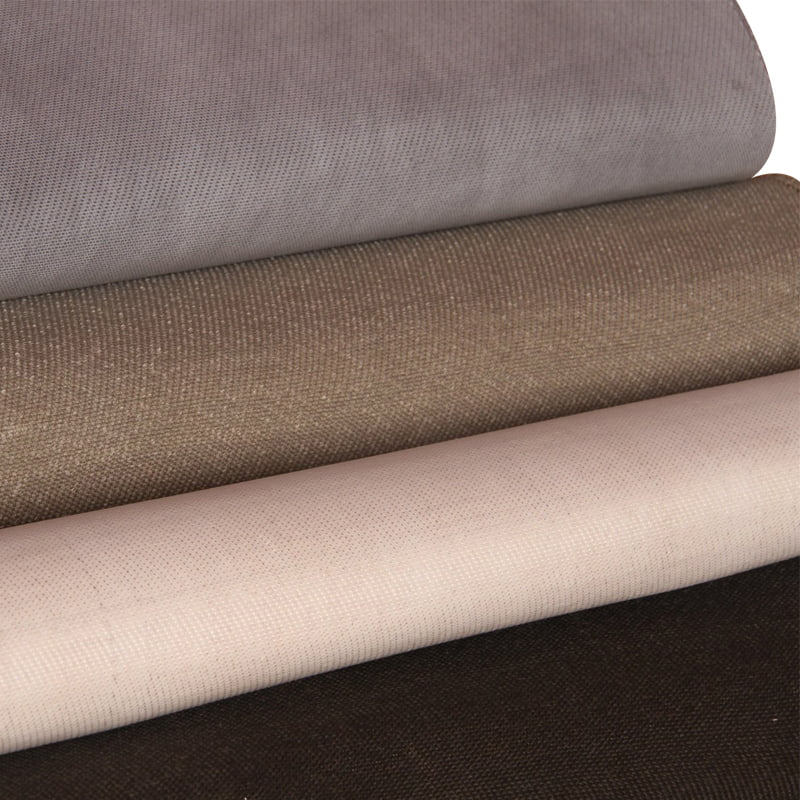Filter Fabric is a nonwoven or woven geotextile used in landscape and construction projects for drainage, filtration and stabilization purposes. Usually manufactured of nonwoven or woven geotextiles with different strength levels and permeance options available; filter fabric may also be found used behind retaining walls to facilitate soil separation and drainage behaviors, French Drains and as driveway and parking lot underlayment solutions.
Non-woven geotextiles differ from woven fabrics in that they use barbed needles instead of yarns to form felt-like permeable fabrics. Made of either polypropylene or polyester material, non-woven geotextiles come in several weights and filter capacities for filtering applications; ideal for filtering separation applications due to their flexibility and strength. Non-woven geotextiles also exhibit superior UV degradation resistance.
Filter fabric used in industrial applications must be regularly cleaned, especially if installed in an confined space. When cleaning filter fabric for pneumatic conveying systems, either mechanical shaking or air pulsing methods should be considered - each has their own benefits and drawbacks, so consideration must be made according to each application at hand.
Shaking the filter fabric causes a flexing or rippling movement within it that dislodges any caked materials from within it, though this method typically only works effectively in batch operations and takes considerable effort. Air pulsing on the other hand utilizes short bursts of clean air to clean filter bags without needing to shake them; it can either take place online (whereby bags remain operational during cleaning), or offline (which requires the bag be temporarily stopped during this process).
Geotextile non-woven coir mats offer a more long-term solution to dirt and sediment issues than gravel or other materials, holding up well against heavy vehicles while remaining eco-friendly and not harmful to wildlife or domesticated animals - not to mention easy cleanup!
No matter which geotextile you choose, it is vital that installation instructions tailored specifically for that project are strictly adhered to. Any debris such as rocks, roots or stumps could obstruct fabric laying correctly - be sure to clear away anything such as rocks. Smooth out your installation site prior to starting installation to avoid bumps or unevenness in its installation process.

Filter Fabric

 English
English عربى
عربى 中文简体
中文简体 Languages
Languages



